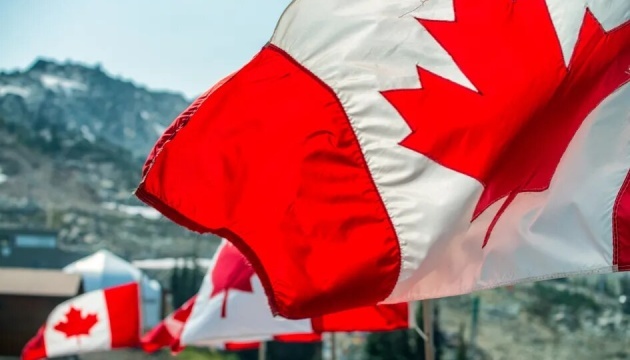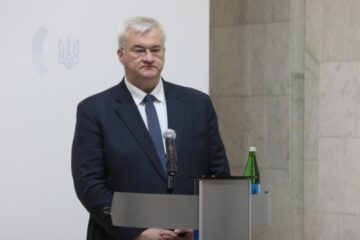U.S. President Donald Trump became the driving force behind internal discussions, and voters put stake on competence and experience.
The 2025 Canadian federal election ended up with the win of the Liberal Party, which, though it failed to win enough seats to gain a parliamentary majority, is projected to form a minority government with Mark Carney as Prime Minister. They will have to strike deals with the other parties to survive no-confidence votes and pass legislation in Parliament. The Conservative Party finished second, securing roughly 41% of the vote. This will be a tough loss for them, being in such a strong position only a few months ago when they had a clear path to victory. The result capped a stunning comeback for the Liberals led by Mark Carney — a political newcomer who took over from Justin Trudeau and has been in office for little over a month — who had been 20 percentage points behind in the polls in January before Trudeau announced he was quitting.
Voter turnout confirmed the high public interest in the results of the campaign: just in four days of early voting, more than seven million Canadian citizens exercised their right to vote – 25 percent more than in previous elections. The overall voter turnout, according to Elections Canada, which runs the country’s federal elections, also was the highest since 2015.
TRUMP AS A CAPMAIGN FACTOR
Shortly after the snap election was called, Mark Carney warned, “We are facing the biggest crisis of our lifetimes”, as “Donald Trump is trying to fundamentally change the world economy, the trading system, but really he’s trying to break us so the US can own us. They want our land, they want our resources, they want our water, they want our country”. He later called the vote “the most important election of our lifetime,” the assertion he reiterated on numerous occasions in campaign speeches.
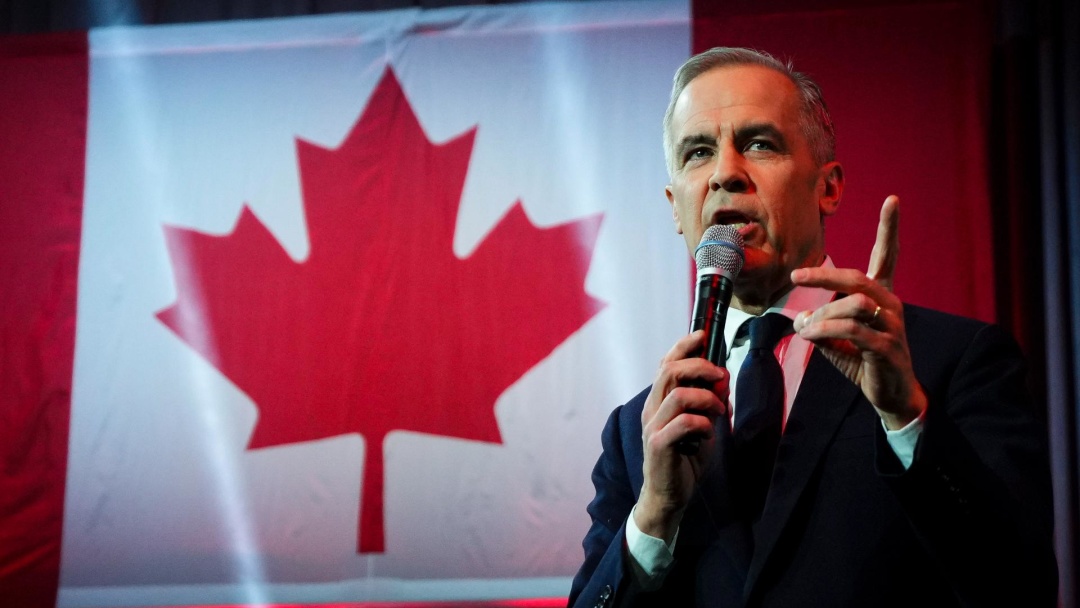
Photo via the Canadian Press
Indeed, during this campaign, the national debate was focused on fundamental issues: sovereignty, national identity, foreign policy, strategic allies. These debates, paradoxically enough, were not initiated by the Canadian politician, but by U.S. President Donald Trump. By making provocative statements about tariffs and annexation, unleashing a trade war and undermining the international order, Trump unwittingly ignited a wave of patriotism that swelled support for Carney.
The parties clearly campaigned around the question: who will better protect national interests against an unpredictable neighbor.” “Our old relationship with the United States, a relationship based on steadily increasing integration, is over,” Carney said in a victory speech in Ottawa. “The system of open global trade anchored by the United States, a system that Canada has relied on since the Second World War, a system that, while not perfect, has helped deliver prosperity for our country for decades, is over.” “These are tragedies, but it’s also our new reality.”
A BATTLE BETWEEN EXPERIENCE AND EMOTIONS
The pre-election confrontation revealed deep ideological differences between major candidates.
Mark Carney, a seasoned technocrat, drew on his experience running the Bank of Canada, where he guided the country through the 2008 global financial crisis. He later became the first non-British person to head the Bank of England, helping guide the United Kingdom through Brexit, one of the biggest shocks to the British economy in decades. Against this backdrop, Conservative leader Pierre Poilievre, a career politician who had held his riding for seven consecutive terms, being first elected in 2004, proved a less convincing candidate.
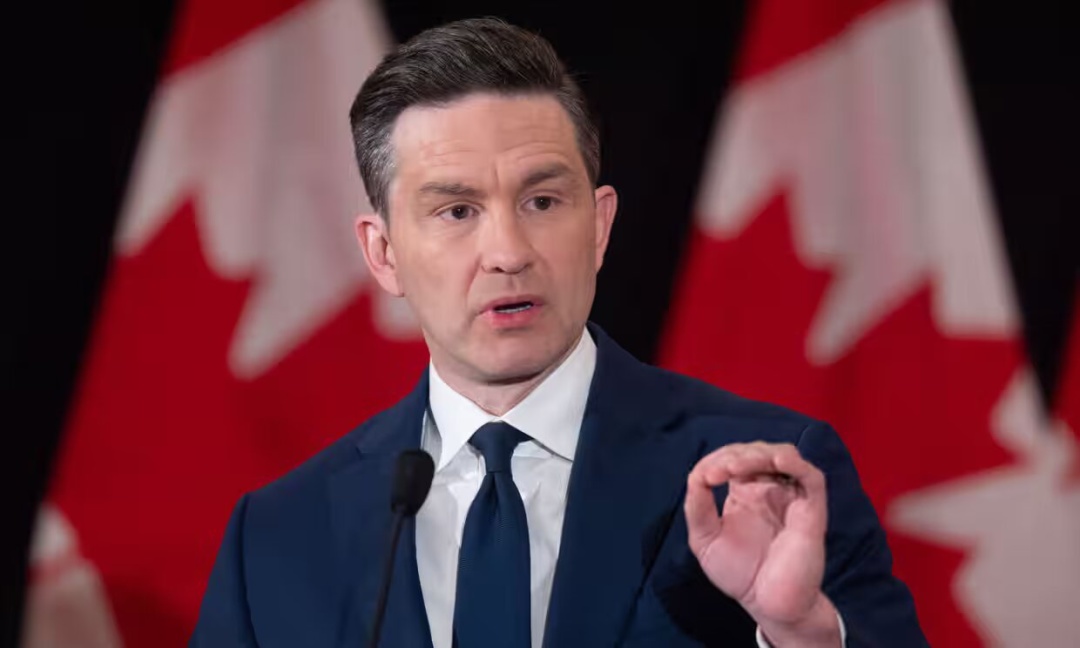
Photo Pierre Poilievre / via the Canadian Press
Realizing this, Poilievre made the word “change” his campaign motto, persistently comparing Carney to the unpopular Justin Trudeau and accusing him of a lack of meaningful reforms. “I am a different person than Justin Trudeau,” Carney replied during a televised debate, emphasizing his professional experience and other priorities.
Poilievre had been preparing to oppose Trudeau in the election, playing on his weaknesses and successfully distributing his own narratives over social media. However, Trudeau’s sudden resignation and Carney’s emergence as the Liberal party leader changed the tables. Poilievre, by inertia, continued to attack the previous government, although other players had already appeared on the political scene.
A vivid example of this is the carbon tax: the Conservatives promised to abolish it if they won, but Carney got ahead of them by canceling the tax with his first decree as Prime Minister.
Despite a shared understanding of the seriousness of the internal crisis, Carney and Poilievre saw its root causes differently: for Carney, the source of the problems was aggressive US policy, while Poilievre blamed decades of Liberal governance. Poilievre’s inability to quickly refocus his campaign to the new political reality led to the popularity of his party declining rapidly.
WHAT’S NEXT FOR THE CONTENDERS?
Though five parties traditionally competed for seats in the House of Commons, this time around, the concentration of voting in the two major parties was identified by commentators as marking a polarization in Canadian politics and a shift towards a two-party system. The Liberals and Conservatives divided the country, leaving only three dozen out of 343 parliamentary seats for other parties.
One of the factors that led to this result was “strategic voting”: citizens preferred those parties that had a better chance of winning, even if they were not their first sympathies.
Tensions with the U.S. have caused supporters of two smaller parties, the left-leaning New Democratic Party and the separatist Bloc Quebecois, to shift to the Liberals. NDP leader Jagmeet Singh conceded defeat in his own district and said he planned to quit as party leader. Singh said, “Leading the New Democratic Party has been one of the greatest honors of my life, although today’s result is difficult to accept, my belief in this party remains unshaken. I believe it is time for new voices and new energy to take us into the next chapter.” The New Democratic party, which had entered the election race with 24 seats in Parliament, will emerge with only seven. This would result in the NDP losing official party status in parliament, meaning millions of dollars in lost Parliamentary budget allocations. Three sitting party leaders — Pierre Poilievre of the Conservative Party, Jagmeet Singh of the NDP and Jonathan Pedneault, the co-leader of the Green Party – all failed to win reelection to their parliamentary seats. Singh, who was defeated by a Liberal contender, is going to lose his posts both as party leader and member of parliament.
Meanwhile, the NDP, paradoxically as it may seem, still retains a fair chance of joining the ruling coalition, giving the Liberals the votes they need to form a government. Thus, the elections did little to change the balance of power in parliament, as it was the Liberal-New Democratic coalition that had supported the government for the past four years. However, it was the collapse of the coalition that triggered the snap election.
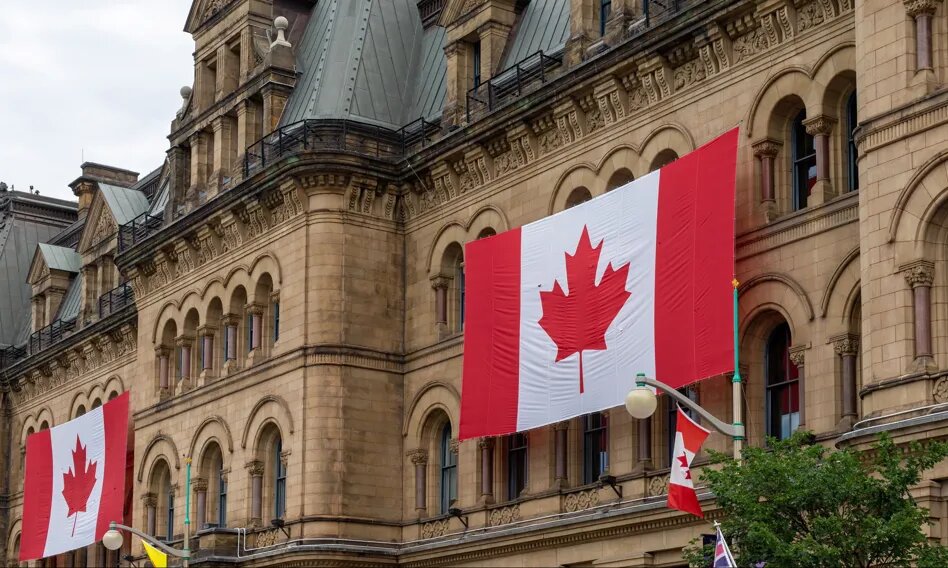
Photo via Shutterstock
The election also put Pierre Poilievre in a difficult position. Although his party secured roughly 41% of the vote, the highest the party has won in decades, and is currently projected to have won 144 seats – up from 120 at dissolution, when the election was called, the Conservatives are on track to once again form the Official Opposition. But there are some bitter pills to swallow – Poilievre himself is projected to have lost his seat in Ontario, the seat in parliament that he had held for two decades. Despite this, Pierre Poilievre said that he would remain as leader of the Conservatives in a speech to his supporters. Shortly after the speech, it was confirmed that he had been defeated by Liberal Party candidate Bruce Fanjoy in the riding of Carleton.
CARNEY’S PRIORITIES: ECONOMY AND SECURITY
The Liberal Party’s election success means the continuation of Canada’s current domestic and foreign policies, but with some alternations.
Carney promised to focus on transforming Canada into the most powerful economy among the G7 economies. He said his government would urgently remove longstanding interprovincial trade barriers. Removing these impediments could boost the economy by up to $200 billion annually and create high-paying jobs. Carney said that he and his team must work to stabilize the Canadian economy against the unprecedented threat of Trump’s tariffs by strengthening the domestic economy, diversifying Canada’s exports and reducing the country’s dependence on the U.S.
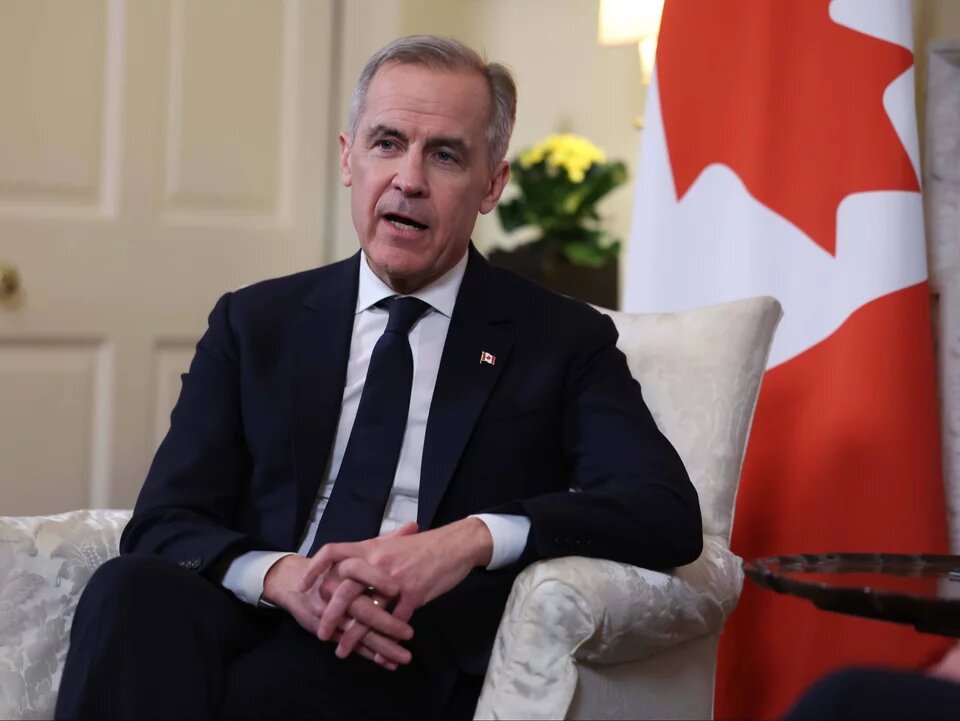
Photo PAP/EPA
In the security area, Carney has vowed to raise defense spending to two percentage points of Canada’s Gross Domestic Product, which is the target for all countries in the Nato military alliance. Last year, it spent less than 1.4%. The Liberals say they will shore up defense cooperation with allies in Europe and Asia and spend C$18bn on defense over the next four years, which will go to purchasing new equipment like submarines and heavy icebreakers that can be used in Canada’s north, along with alternatives to the U.S. F-35 fighters.
CANADA TO CONTINUE STANDING BY UKRAINE
Amidst changes in the political landscape, Canada maintains continuity in its foreign policy with respect to Ukraine.
The Liberal Party, according to the results of a survey conducted by the Ukrainian Canadian Congress, clearly reaffirmed its readiness to continue military, financial and humanitarian assistance to Ukraine – regardless of the U.S. position. Mark Carney’s public statements and public support for this course give reason to believe that this policy will be kept on track. Actually, there is a cross-party consensus in Canada regarding the importance of supporting Ukraine, so nothing threatens our friendship.
Indeed, it will take some time for Ukraine to establish personal contacts with the new Canadian government, but the continuity of power in Canada will contribute to this. And especially so as Canada holds the G7 presidency in 2025, and will need to focus on the June G7 summit. Mark Carney invited President Volodymyr Zelensky on Wednesday to attend the G7 Summit in Kananaskis, Alberta, in June.
According to a readout issued by the prime minister’s office, Carney spoke with Zelensky after the former Bank of Canada governor secured victory in Monday’s parliamentary elections.
Carney underscored Canada’s commitment to supporting Ukraine in achieving lasting peace and security. The two leaders agreed that a durable peace can only be achieved with Ukraine at the table.
The official results have not yet been announced as the final vote counting is still ongoing, but what is clear already now is that, although these elections are not expected to entail any fundamental political changes, they became a rare example of how voters, in the conditions of a global crisis, preferred perceived competence and experience over loud promises and populism. A minority government is not a “landsliding victory”, but a clear mandate for action. Now everything will depend on Carney’s ability to win over not only voters, but also parliamentary partners.
Maksym Nalyvaiko, Ottawa
Headline photo via Shutterstock
Source: Canadian election: a new policy to be led by the old Liberal government

